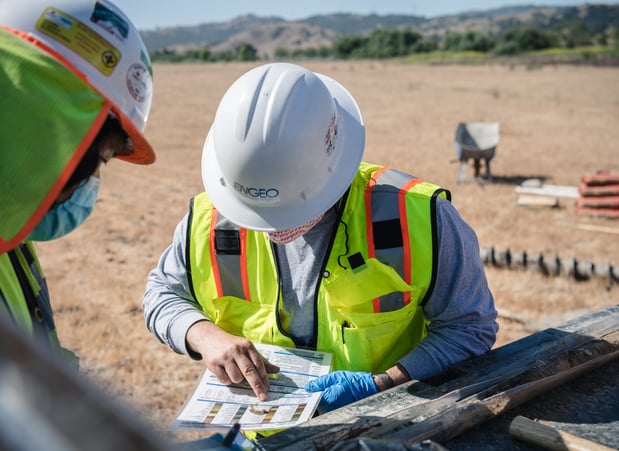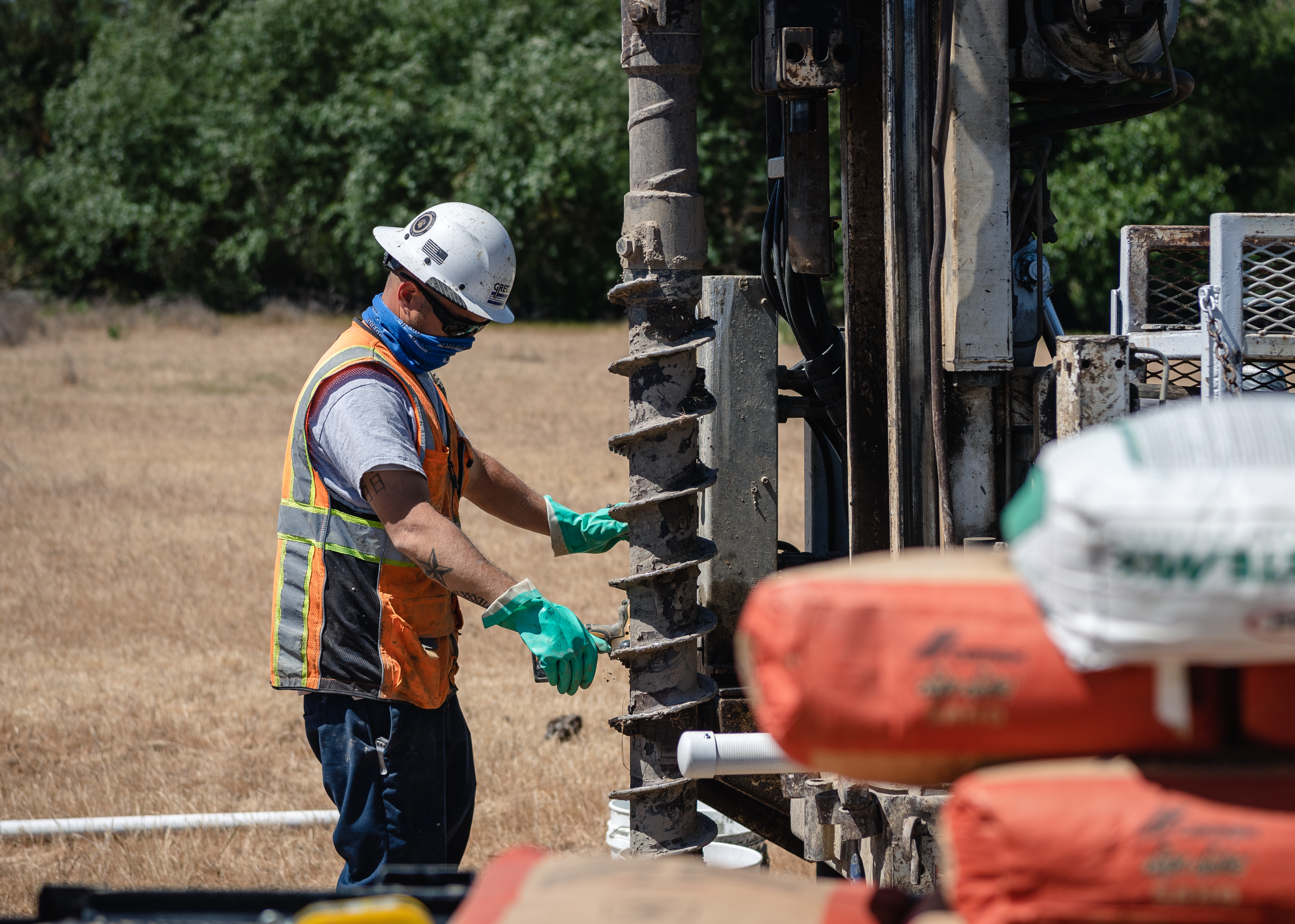Updated on Thursday, July 15, 2021
In 2020, severely dry conditions resulted in yet another record-shattering fire year across the West. Amid rising summer temperatures, California’s rapidly shrinking water supply reveals an urgent need to address the State’s worsening drought, a side effect of our warming climate. It also draws attention to local water management practices, and the importance of groundwater as a water source during droughts. Together, Peninsula Open Space Trust (POST) and the Open Space Authority are monitoring local drought conditions and using nature-based solutions like groundwater monitoring to help inform floodplain and habitat restoration projects to help make drought impacts less severe.
In May 2021, POST, in partnership with the Authority, installed nine groundwater monitoring wells throughout Coyote Valley to help inform the use and management of the groundwater in the region. Stationed throughout Coyote Valley, these wells are located on nearly every conserved property north of Palm Avenue. The wells will measure the groundwater aquifer’s water level and how it changes over time. This data helps ensure that groundwater is being used sustainably and will inform the restoration of creeks and wetlands in Coyote Valley that depend on groundwater.

“This is an exciting change,” said Jake Smith, Conservation GIS Coordinator at the Authority. “We are seeing a fundamental shift in how agencies are approaching land management and restoration. The focus is usually placed on how to restore a specific site of a larger landscape, but now the focus is pivoting on how to support the landscape as a whole.”
As noted in the Santa Clara Valley Greenprint, ongoing restoration work and the protection of Coyote Valley's watershed is a top priority of the Authority and partners. As a critically important part of our local ecosystem, this watershed, along with productive wetlands, promotes biodiversity, increases climate resilience, supports local wildlife, and -- especially relevant as local reservoirs continue to dry up -- improves water quality and buffers our aquifers from droughts.
-Jul-06-2021-06-21-14-33-PM.png?width=272&name=MicrosoftTeams-image%20(3)-Jul-06-2021-06-21-14-33-PM.png) “As we gain insight into how groundwater supports these ecosystems, we can restore and manage for them at a much larger scale,” Smith noted. This project will eventually pave the way for planning and management activities that provide even greater opportunities to restore this critical landscape and protect the South Bay’s critical water supply. “This is just the start.”
“As we gain insight into how groundwater supports these ecosystems, we can restore and manage for them at a much larger scale,” Smith noted. This project will eventually pave the way for planning and management activities that provide even greater opportunities to restore this critical landscape and protect the South Bay’s critical water supply. “This is just the start.”
This project will also support the planning of the Authority’s Coyote Valley Conservation Areas Master Plan, which is set to launch in the fall of 2021. The multi-year plan is a science and community-based effort to restore and protect Coyote Valley, while offering a variety of opportunities for the public to get involved. Sign-up for the Authority’s Master Plan interest list to receive updates, including an exciting three-part webinar series later this year.
Photos: Teddy Miller

